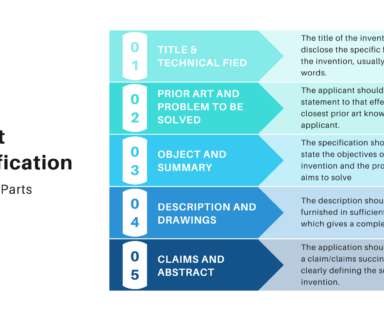The Inventive Entity and Prior Publication by Another
Patently-O
MAY 19, 2022
And the Question : Does the prior publication count as prior art in an IPR obviousness analysis? = = =. Although the Board granted the petition, it eventually concluded that the prior publication was not prior art and thus sided with the patentee in its final written decision. In re Katz, 687 F.2d 2d 450 (CCPA 1982).











Let's personalize your content